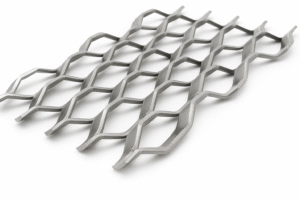








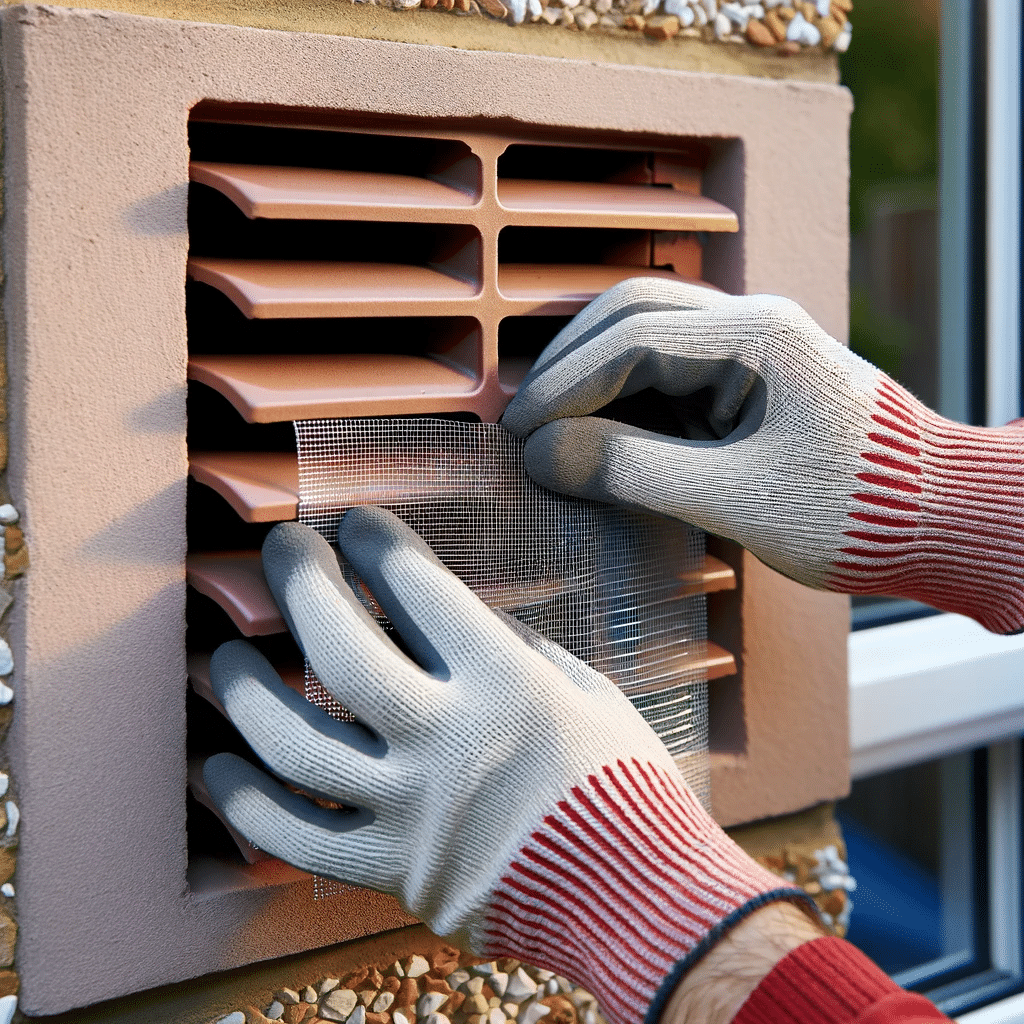
This guide is part of our series to outline everything that you need to know about our mesh products. We hope that you find it helpful and that it answers any questions that you may have.
As well as these help guides, please do contact us if you need any assistance at all. We’re always happy to help.
Aluminium insect mesh is one of the most popular mesh specifications that we offer. It is used the world over to keep insects out of homes and work places.
Let’s discuss why….

An aluminium fly screen is a type of screen that is used to keep insects and other flying pests out of a building while allowing fresh air to circulate. The screen is made of aluminium mesh that is stretched over a frame, which can be mounted in a window or door. Aluminium fly screens are durable and long-lasting, and they are resistant to rust and corrosion. They are easy to clean, and can be easily removed for cleaning or replacement.
They are also available in different mesh sizes to suit the user’s needs. They are mostly used in homes, commercial buildings, restaurants, cafes, and other similar places.
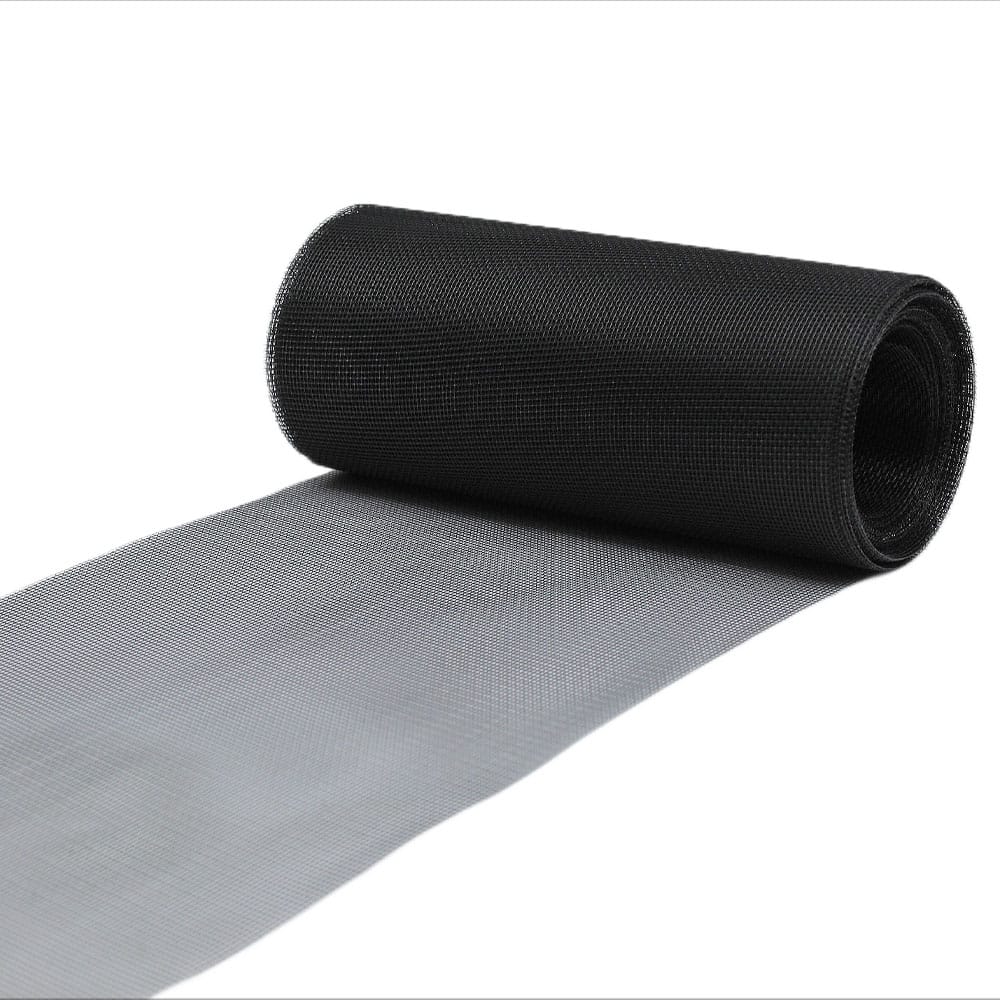
The Mesh Company offers aluminium insect mesh in black and plain grey. The black aluminium mesh provides improved visibility through windows due to reduced glare, making it a subtle choice for maintaining views. The plain grey option is a versatile choice, offering a balance between visibility and aesthetic compatibility with various exterior designs. The selection between black and plain grey depends on personal preference for visibility and how the mesh complements the building’s exterior.
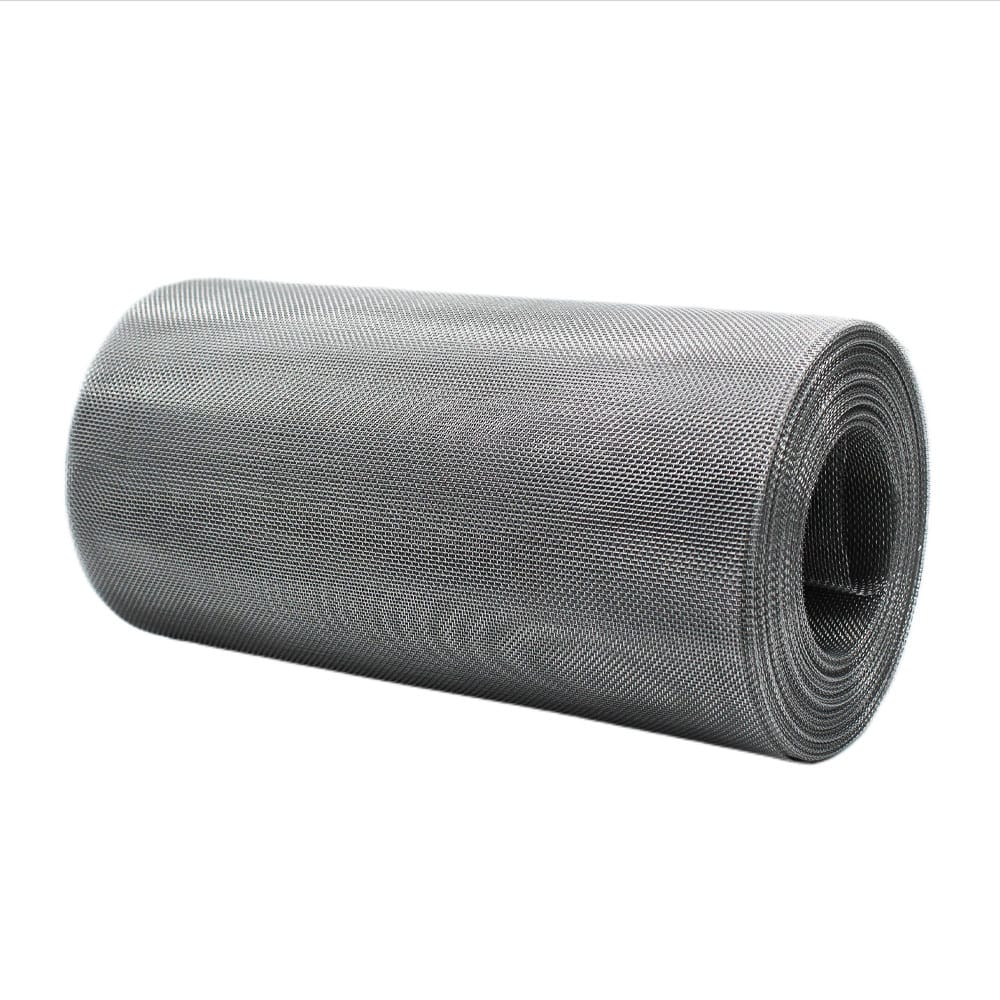
Insect mesh is designed to block insects from entering a building without hurting them. The mesh creates a physical barrier that insects cannot pass through, but it does not harm or kill them. The mesh is made of a lightweight, flexible material that does not have sharp edges or points that could potentially harm the insects.
It’s worth noting that, if the mesh is coated with chemical, the repellent will not harm the insects, but it will discourage them from coming into contact with the mesh. The repellent will act as a barrier to the insects, making it less likely for them to get through the mesh.
However, it’s important to be aware that, once insects are inside a building, they may become trapped and could die if they cannot find a way out. To avoid this, it’s important to open the fly screens and windows to allow trapped insects to escape.
It is designed to block a wide range of flying insects, including:
It’s worth noting that the mesh size of the aluminium fly screen is a factor in the insects that it can block. A mesh with smaller holes will be more effective at blocking smaller insects, while a mesh with larger holes may not be as effective. Additionally, the mesh can be coated with chemical, to repel insects and make it more effective to block them.
Aluminium insect screen can be used as a midge mesh, although it is important to consider the size of the mesh openings. Midge mesh is typically made of a finer mesh material than regular insect mesh in order to block smaller flying insects such as midges. The mesh openings of midge mesh are smaller and finer than those of regular insect screen, typically around 1.5 mm or less, while regular insect mesh is typically 1.8 mm or larger.
Regular insect mesh can block larger flying insects such as mosquitoes, flies and wasps, but might not be as effective at blocking smaller insects such as midges, which can pass through the larger mesh openings.
So, if you want to use insect screen as a midge mesh, it is important to ensure that the openings are small enough to effectively block midges. The smaller the openings, the better the mesh will be at blocking midges.
Additionally, insect screen can be coated with chemical repellents that will discourage midges and other small flying insects from coming into contact with the material.
Cutting aluminum fly screens can be done using a few different tools, such as scissors, utility knives, or metal snips. Here’s a step-by-step guide to cutting aluminum fly screen:
Measure and mark the cut: Measure the length or shape that you need to cut the screen to, and use a pencil or marker to make a clear mark on the screen.
Prepare the cutting surface: Make sure that the cutting surface is flat and stable, and place the screen on top. If you’re cutting a large piece, you may want to clamp it down to the surface to prevent it from moving.
Choose the right tool: Depending on the size and shape of the cut you need to make, you may want to use scissors, a utility knife, or metal snips.
Make the cut: Cut along the marked line, applying gentle but firm pressure to the cutting tool. If you’re using a utility knife or scissors, you may need to make several passes to get through the material. If you’re using metal snips, make sure to keep the blades level and straight to prevent bending or damaging the screen.
Clean up the edges: After cutting, you may need to clean up any rough edges or burrs with sandpaper or a metal file.
Installing an aluminium fly screen is a relatively simple process that can usually be completed in a few steps. Here is a general guide to installing an aluminium fly screen:
Aluminium is a non-ferrous metal, meaning it does not contain iron and will not rust. Aluminium is a highly durable and long-lasting corrosion resistant material. It can withstand exposure to moisture and other environmental factors without rusting or corroding, which makes it a great choice for fly screens. However, aluminium fly screens can still get dirty, and if not cleaned properly or frequently enough it can corrode over time.
Additionally, if the fly screen is exposed to harsh chemicals or abrasives, it can damage the surface and affect its durability.
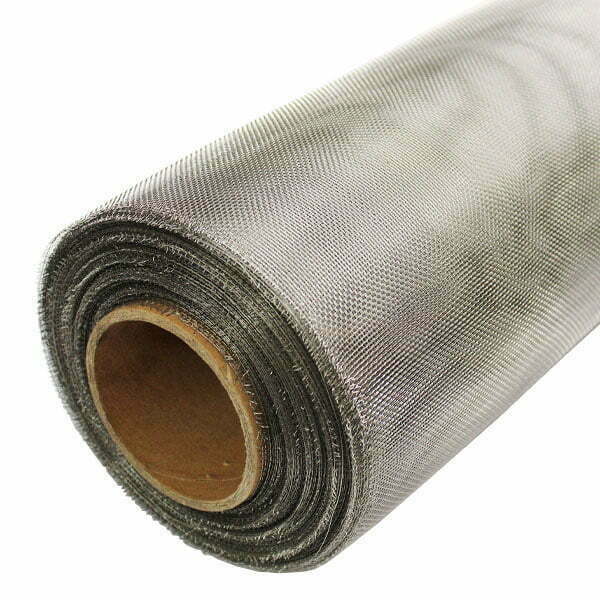
Both aluminium and stainless steel insect screens have their own advantages and disadvantages. Here’s a comparison of the two materials:
This material is known for its durability and resistance to corrosion, making it an ideal choice for long-lasting insect protection in harsh environmental conditions.
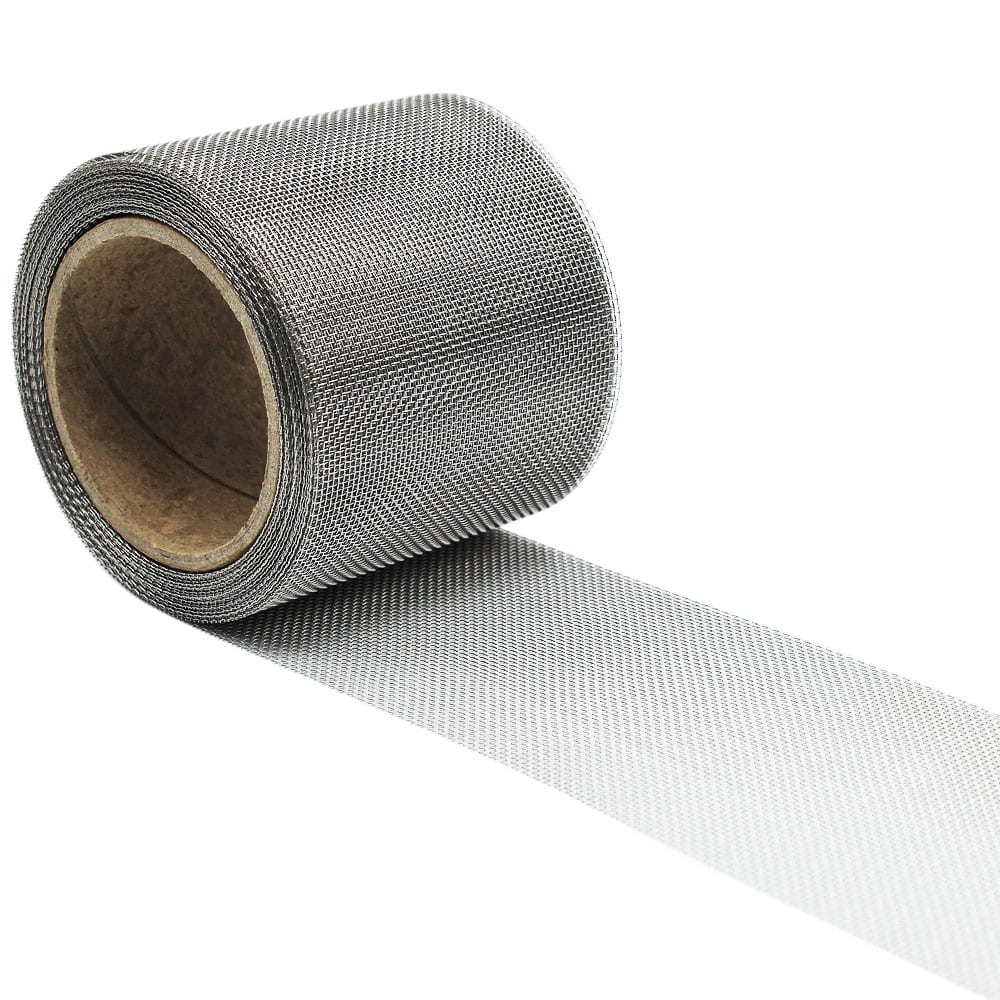
Black fibreglass mesh offers better visibility through windows and doors due to its darker color, which reduces glare and makes it less noticeable against most backgrounds.
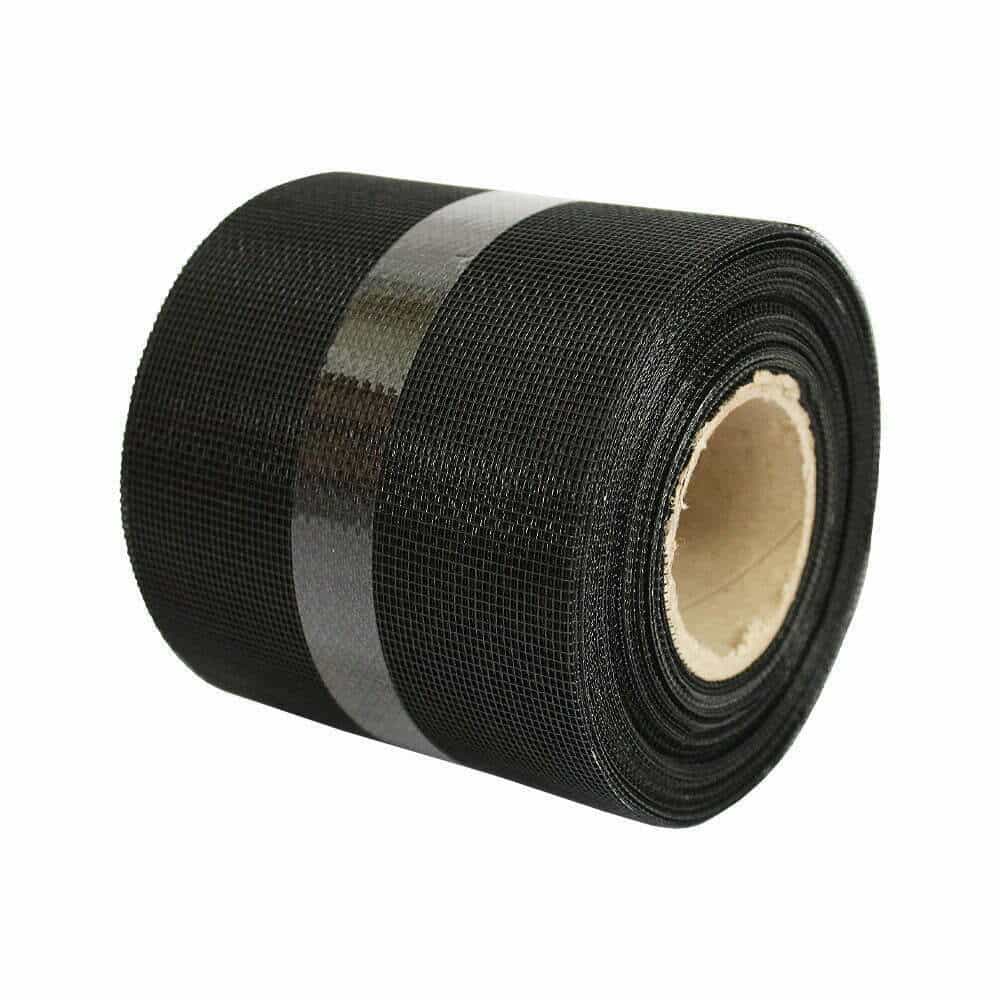
Grey fibreglass mesh is a middle-ground option, balancing visibility and subtlety, making it a versatile choice for various settings.
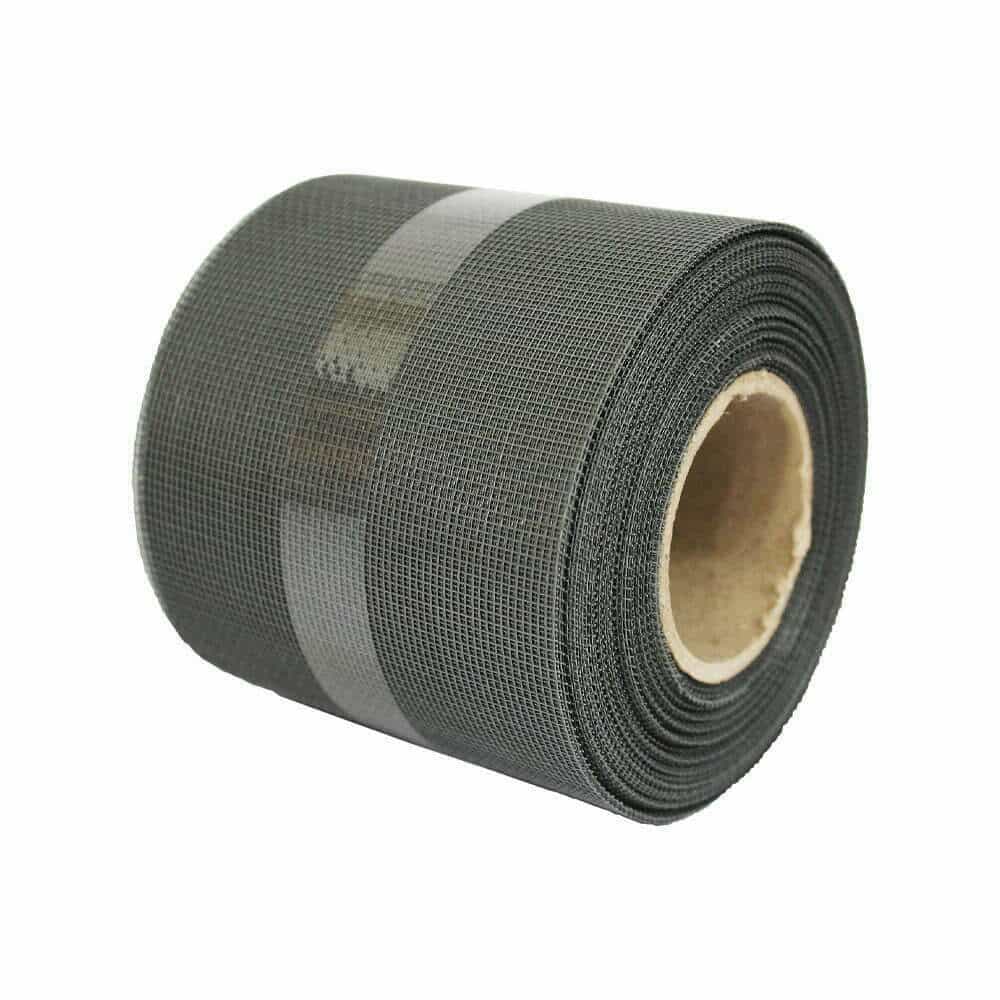
White fibreglass mesh is the most noticeable but can blend seamlessly with lighter façades, offering a clean, classic look while providing effective insect protection.
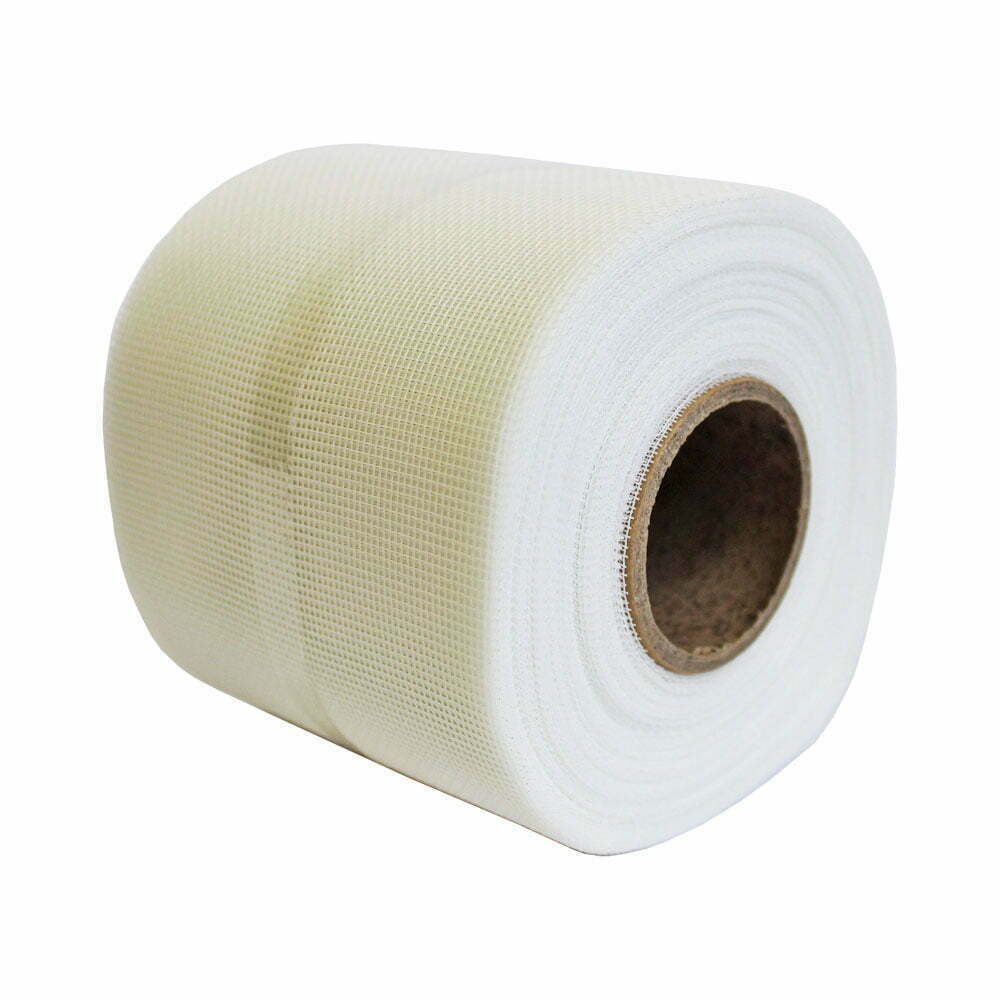
As always, thank you for checking out our blog. We hope that this helps you with your project. We try to launch a couple of new guides every week. Eventually we will have covered everything there is to cover about mesh.
Our goal for our blogs and help guides is to answer as many questions as possible to help to explain the possibilities of mesh to our customers. Contact our team today if you have any questions at all. We are always really keen to help in any way that we can.